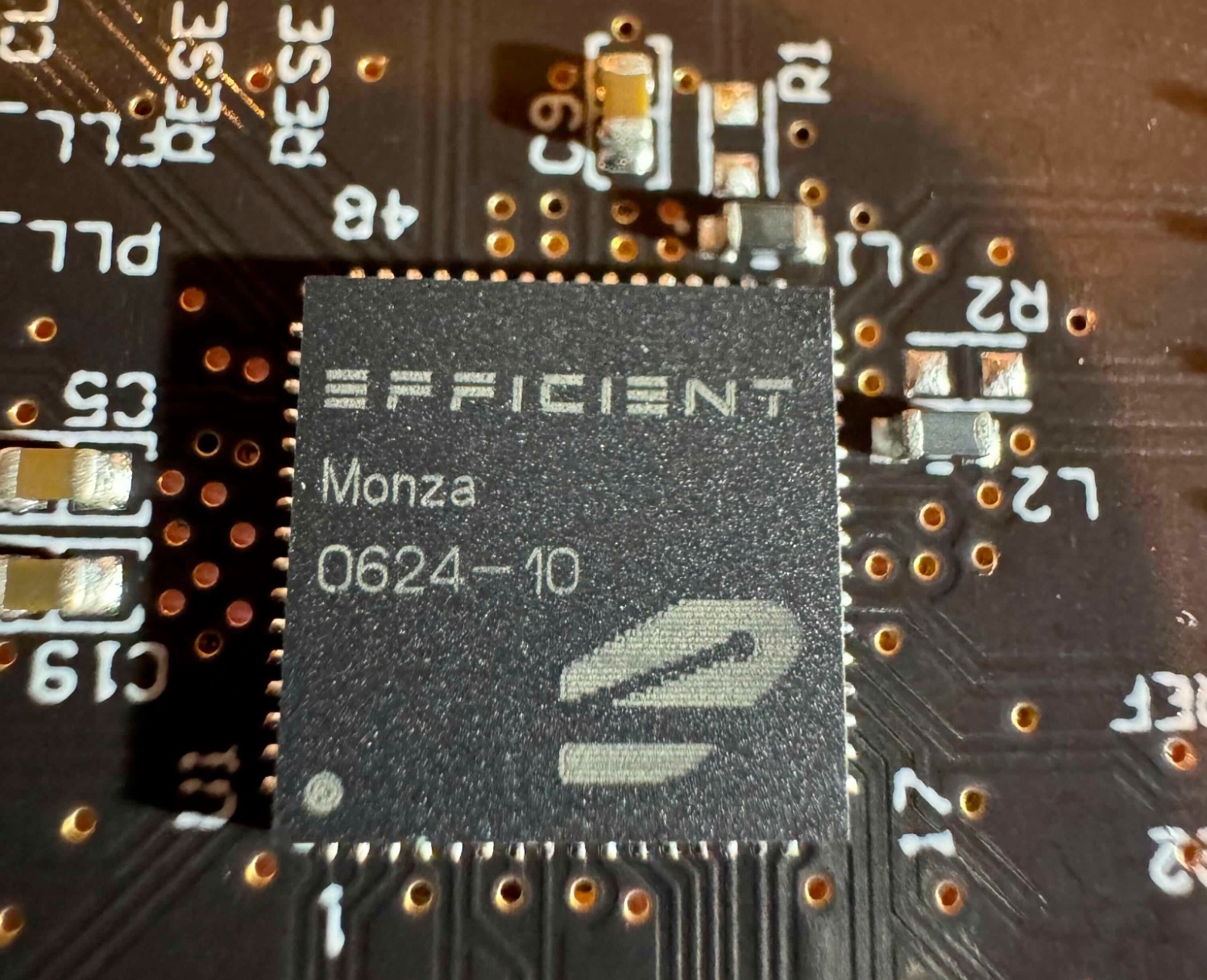Tech
Startup’s chip design aims to boost satellite computing power

WASHINGTON — A Carnegie Mellon University spinoff has developed an energy-efficient computer chip architecture that it claims consumes a fraction of the power required by traditional chips, potentially enabling more powerful and autonomous capabilities on tiny satellites.
“Innovation in space is limited by power-constrained computing devices,” said Brandon Lucia, co-founder and CEO of Efficient Computer and professor at Carnegie Mellon University. The company’s proposed solution to this problem is a processor architecture that departs from the classic von Neumann model that is the foundation for most modern computers.
Instead of the traditional sequential approach, Efficient Computer’s chip architecture operates in parallel, treating programs as a circuit of instructions that execute as soon as the data is ready. This significantly reduces energy waste, said Lucia.
Satellites, IoT devices
Satellites, IoT devices and edge computers are among the target markets for the startup’s processor architecture named Fabric, Lucia said in an interview. “Our goal is to enable more powerful space-based computing,” he said. But the technology could have broad applicability to a wide range of computing use cases.
The company, launched in 2022, earlier this year secured $16 million in seed funding to further develop this technology. Lucia said he could not disclose early customers, but said they include companies in the space and defense sectors that will get the first samples of the Fabric chip designs in 2025.
The first prototype chip with the Fabric architecture tested in a lab, Lucia said, “was 166x more energy efficient than the next most efficient ultra-low-power embedded CPU that we are aware of.”
The initial chip releases won’t be space-qualified, but the plan is to put them in space over the next couple of years, said Lucia. A promising application are Earth observation satellites. Small remote-sensing satellites can collect massive amounts of data but lack the processing power to analyze it on-orbit, he said. Fabric processors could enable higher volume of on-board data processing even on cubesats, he added.
If the chip design proves viable, it could enable satellites to run more complex artificial intelligence programs for autonomously navigating, analyzing data and detecting anomalies. Lucia’s Carnegie Mellon students are testing the processor in nanosatellites, he said.
Lucia acknowledged that a new chip design faces an uphill battle in industries that tend to stick with proven legacy products, especially when satellites are involved. But he believes companies in the Earth observation sector have incentives to take risks with novel technologies that could dramatically increase on-orbit capabilities to draw insights from the data.
“We are planning a future mission now, in collaboration with CMU, that will fly Efficient silicon to low Earth orbit for experiments in satellite constellation autonomy and remote sensor data processing,” he said.







:max_bytes(150000):strip_icc()/roundup-writereditor-loved-deals-tout-f5de51f85de145b2b1eb99cdb7b6cb84.jpg)


